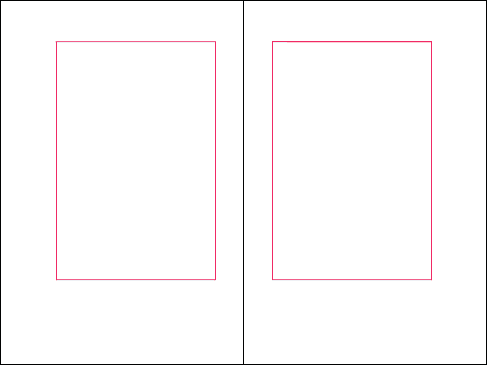The Secret Law of Page Harmony
“A method to produce the perfect book.”
The perfect book. This is how designer-genius Jan Tschichold described this system. Not the ok book, nor the pretty good book, but the perfect book.
This method existed long before the computer, the printing press and even a defined measuring unit. No picas or points, no inches or millimeters. It can be used with nothing more than a straight edge, a piece of paper and a pencil.
And you can still use it. This is a system which is still as valid, beautiful and elegant with ultra-modern design as it ever was for the work of the scribes, Gutenberg and Tschichold.
The Secret Canon & Page Harmony
Books were once a luxury only the richest could afford and would take months of work to be brought to fruition.
And they were harmoniously beautiful.
The bookmakers knew the secret to the perfect book. They shared among themselves a system—a canon—by which their blocks of text and the pages they were printed on would “agree with one another and become a harmonious unit.”
So elegant is this method of producing harmony that a few designers saw to rediscover it. Even though it was considered a trade-secret, they all came to the same conclusion, hundreds of years apart, independent of one another, but each supported by the other.
They found the way to design a harmonious page. A perfect page.
There’s a dance to all this
Let’s look at this dance, shall we? In it’s simplest form, here is the canon, without the guides.

And here it is with them (using the Van de Graaf Canon and Tschichold’s recommended 2:3 page-size ratio, which we’ll get into next).
